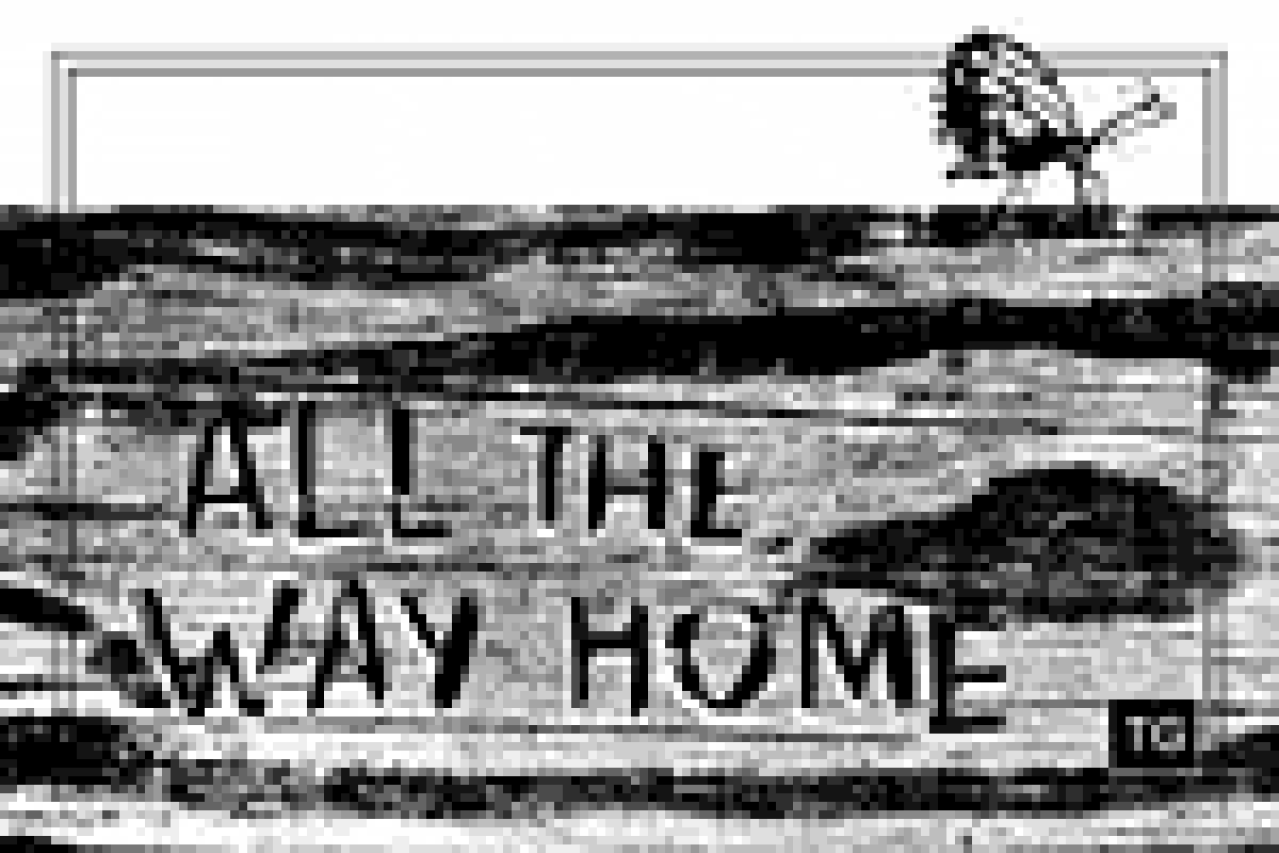All the Way Home

Joanna Parson, and Joseph Kolinski in All the Way Home
(© Carol Rosegg)
There are so many moments of profound beauty and understanding in
All the Way Home that the few weak elements in the Transport Group’s stripped-to-basics production don’t amount to a hill of beans. The achingly moving play is Tad Mosel’s 1960 Pulitzer Prize-winning adaptation of James Agee’s autobiographical 1957 Pulitzer Prize-winning novel, A Death in the Family, and in reviving the piece, director Jack Cummings III confirms that both prizes are deserved.
At the center of the tale, set during the faintly tranquil summer of 1915 in Knoxville Tennessee, are the reformed alcoholic Jay Follet (Patrick Boll), his pregnant wife Mary (Monica Russell), and their five-year-old son Rufus (Chandler Frantz). He’s a charmer with a remote streak and she allows her Catholic correctness to keep her from completely trusting him. On Jay’s side of the family, blowhard brother Ralph (Joseph Kolinski), a local undertaker, mistreats timid wife Sally (Joanna Parson) but lets five-year-old son Jim-Wilson off the hook. On Mary’s side, her parents Joel Lynch (Tom Ligon) and Catherine Lynch (Alice Cannon), communicate with the aid of her ear trumpet but keep things sanguine. So do Mary’s brother Andrew (Michael Lewis) and Jay’s kindly father John Henry (John Braden) and intermittently sharp-tongued mother Jessie (Letty Serra).
Remaining faithful to Agee’s stringent prose and unsentimental intentions, Mosel has written a play influenced by Thornton Wilder’s Our Town philosophically and theatrically. (Sandra Goldmark’s set is empty of everything but two aged chairs and eight illuminated model houses; R. Lee Kennedy generally keeps the lights memory-dim.) As with Wilder, birth and death are prominent on the agenda, particularly in a scene where the Follet and Lynch families visit 104-year-old Great-Great-Granmaw (Irma St. Paule) and her companion, Aunt Sadie (Corinne Edgerly). In one economical stroke, six generations converge. Throughout this sequence — in which Rufus meets his muttering forbear and she reaches out to hold him — one preview audience was so hushed the sound of angels’ wings could almost be heard in the auditorium. And the hint of spirituality is not accidental. For all of Agee’s hardscrabble sensibility, he suggests the higher possibilities of existence and Mosel incorporates it.
While the grown-up Agee was looking back at the intricate dramas surrounding him during his childhood — his parents’ loving yet agitated marriage, first and foremost — the play’s most central moment is Jay’s sudden death. (Agee’s father died in 1916). The resulting portrait of grief infusing most of acts two and three of the work is the stuff of Mosel’s superlative writing. Watch for Rufus shouting his father’s demise to the neighborhood. Watch for Ralph’s reaction after he’s learned another funeral home is doing the honors. Watch Mary reacting when the word “buttermilk” is introduced into the mournful post-funeral proceedings. And watch what Rufus does as the last lights fade. In addition to that haunting image, Cummings includes numerous deft touches to remind audiences that Mosel is offering something starkly uplifting.
Equally important, he elicits remarkable performances from handsome, reverberant Boll as Jay and thin, serious Frantz as Rufus. Barbara Andres is warm as an Indian-summer day playing Aunt Hannah, and Edgerly is crisp as Aunt Sadie. On the other hand, Kolinski could modulate his portrait of overbearing Ralph. Russell is best with Mary’s introspective moments, however she has yet to shape the role’s explosive lamentations.
In one aspect, the ensemble lets Cummings down, but it may be not be their fault. In keeping with the less-is-more approach (which is not called for in Mosel’s script), there are few props but lots of miming. However, Cummings hasn’t cleaned up all the setting-the-table, pouring-the-coffee, driving-the-Chalmers activity. Moreover, there are times when an actual prop is required for effect. For example, when the audience is asked to wonder whether sobered-up Jay will take a nip, a real bottle would immeasurably heighten tension.
Agee’s novel begins with a shimmering poem: “We are talking now of summer evenings in Knoxville, Tennessee in that time that I lived there so successfully disguised to myself as a child.” Mosel’s play removes the disguise and shows the plaintive, all-too-human life underneath.











